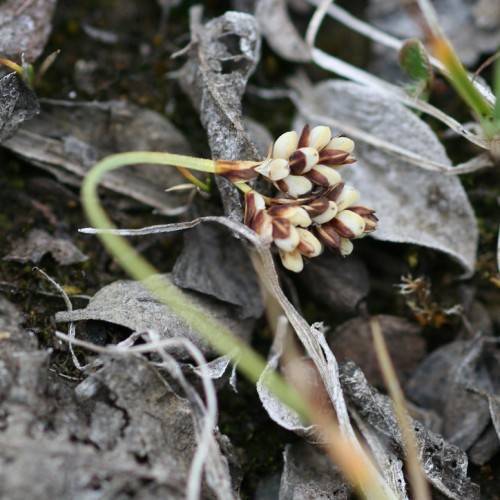
Two Color Sedge
Carex bicolor
Watering:
Frequent
Hardiness Zone:
Sun:
full sun,part shade
Leaf:
Yes
Growth Rate:
Low
Salt Tolerant:
Yes
Care Level:
Medium
watering
Santa Barbara Sedge should be watered twice per week when soil is dry to the touch, but not saturated. When irrigating, water should be applied to the root zone and avoided contact with the foliage to prevent the foliage from burning. During hot months, an additional water may be necessary to maintain soil moisture levels. Santa Barbara Sedge is particularly drought tolerant, and overwatering can lead to root rot.
sunlight
Santa Barbara Sedge (Carex barbarae) is a slow-growing plant species found naturally in California’s Santa Barbara County. This species requires full, bright sun for the best growth, typically 12 -14 hours of direct, unfiltered sunlight each day. Santa Barbara Sedge will tolerate part shade during hot summer months, though they should still receive at least 6-8 hours of direct afternoon sunlight during this period. The exact amount of sun Santa Barbara Sedge receives will depend on the latitude, time of day, and season. In general, the sun should be high in the sky for optimal growth.
pruning
Santa Barbara Sedge should be pruned twice a year, once in the spring and again in the fall. In the spring, cut back any dead foliage to promote healthy new growth. In the fall, lightly prune the plant, removing no more than 1/3 of the overall height. This will keep the plant looking neat and attractive and help direct energy to vigorous growth. Pruning should be done with sharp shears and all clippings should be gathered and disposed of, or composted.
